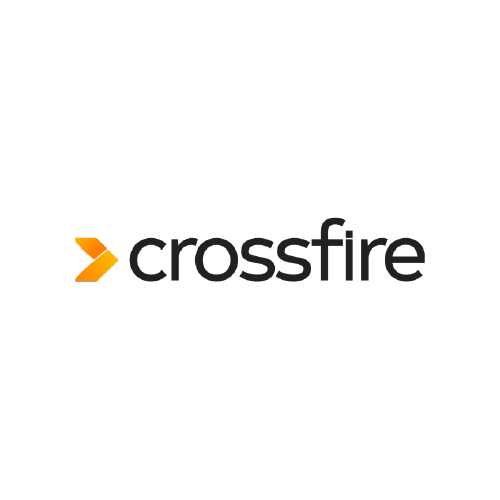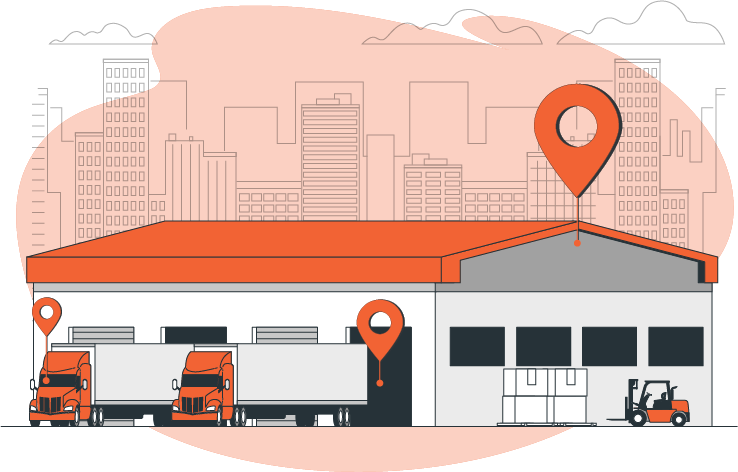GS1 New Zealand and Crossfire offering a complete solution to eInvoicing
Sandfield helps businesses streamline operations through smart software solutions, with a focus on EDI and API integration via their platform and team, Crossfire. This enables automated, accurate data exchange across supply chain, logistics, and financial systems.
Crossfire works with GS1 members to offer B2B integration, eInvoicing via PEPPOL, and custom system connections—supporting digital transformation, improving efficiency, and reducing manual processes.
“Our experience providing electronic trading solutions worldwide means that we’ve seen issues where data has been routed to us that should not have been. This is a major confidentiality issue that happens when identifiers are not unique. Using the GS1 Global Location Number (GLN) guarantees a unique identifier, meaning that your data won’t be routed to the wrong place.” - Henry Payne, Head of Crossfire.
The Role of NZBN and GLNs in eInvoicing
The New Zealand Business Number (NZBN) - a GLN - is a must-have for eInvoicing. An NZBN uniquely identifies an organisation and ensures invoices get to the right place. For businesses with multiple locations, such as retail stores, organisation parts can be used to identify their individual stores. Crossfire is using this with their customers to help pinpoint delivery locations.
“The majority of our customers are GS1 members and have their own GLN and GTINs for their products. This is greatly beneficial when performing integration, as we can be confident the identifiers they are using are unique and align across systems and countries.” - Henry Payne, Head of Crossfire.
Organisations that already have an NZBN are entitled to two government-funded Organisation Parts. GS1 New Zealand members have access to 5 free GLNs. These can be managed through MyLocations, the GS1 New Zealand tool for managing GLN allocation.
Growing Demand for eInvoicing
Crossfire has noted an increase in enquiries about eInvoicing due to the recent Government announcement that wider government agencies are to become eInvoice capable by January 2026. The feedback from customers that have transitioned to eInvoicing has been overwhelmingly positive.
“A customer previously dealt with a large number of PDF invoices, resorting to Optical Character Recognition (OCR) solutions to read them. This process was not only time-consuming but also prone to errors due to OCR technology's limitations in accurately interpreting the information from the PDF format.
The customer's transition to eInvoicing eliminated the need for manual data entry which has resulted in time savings and a reduction in errors, as the data is transferred directly from the supplier's system to the buyer's system in a standardised format.” - Henry Payne, Head of Crossfire.
Benefits of eInvoicing
- Faster payments – Invoices are delivered instantly and processed more quickly, improving cash flow.
- Reduced errors – Automating invoice exchange eliminates manual data entry and reduces the risk of mistakes.
- Lower costs and greater efficiency – Save on printing, postage, and administrative time compared to paper or PDF invoices.
- Improved security – eInvoices are exchanged through secure networks like PEPPOL, reducing fraud risk.
- Accuracy - Invoices are delivered to the right place with GS1 identifiers.
Start your eInvoicing journey to unlock faster payments, fewer errors, and greater efficiency across your supply chain.
Contact Crossfire
Website: www.crossfireintegration.com
Email: [email protected]
Phone: +64 9 361 0370




